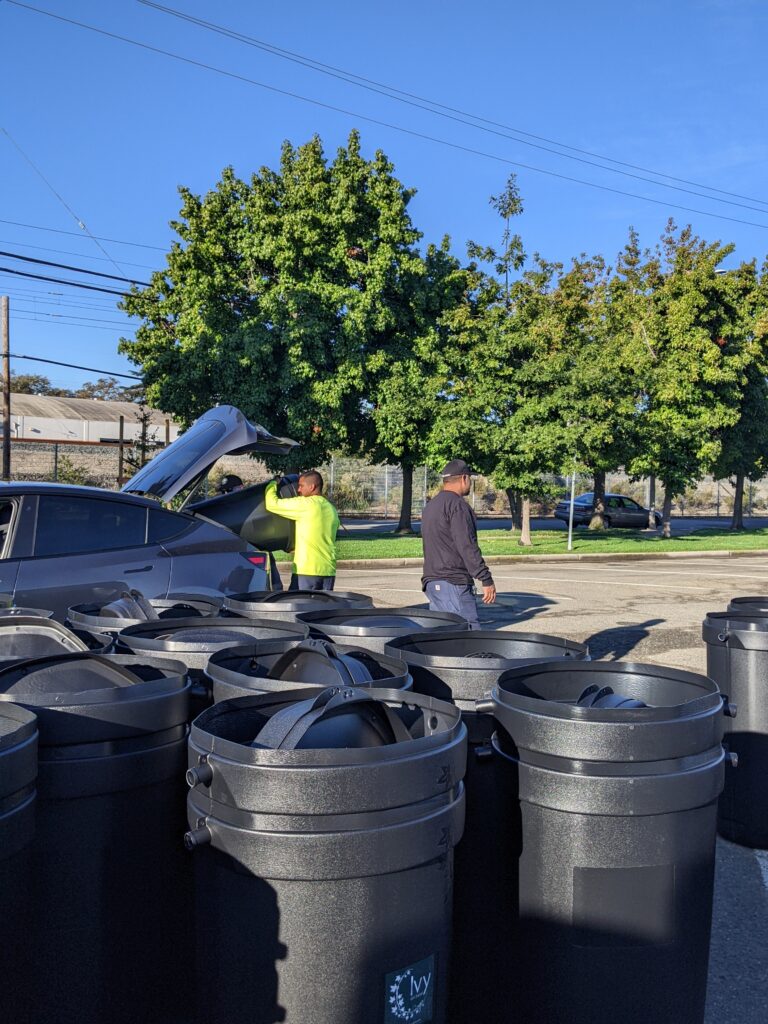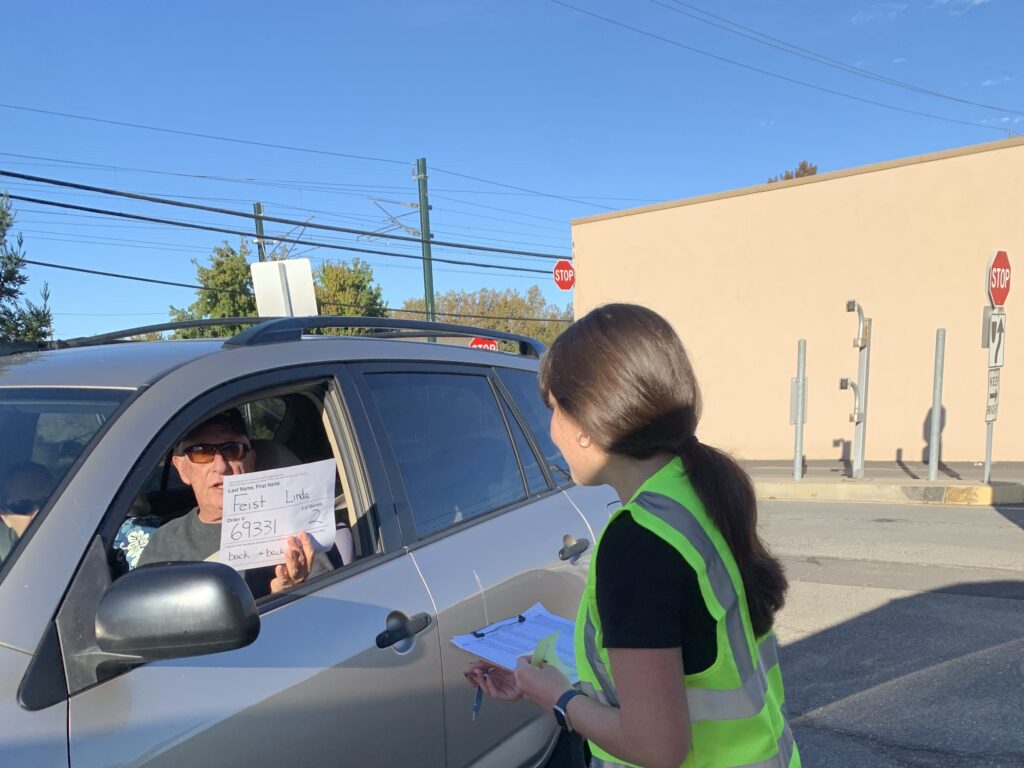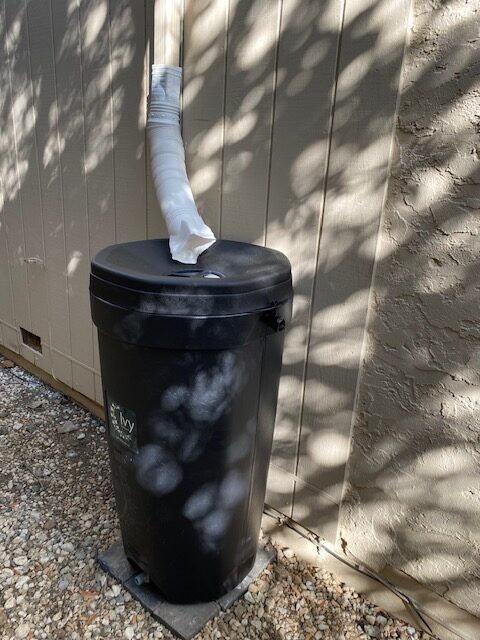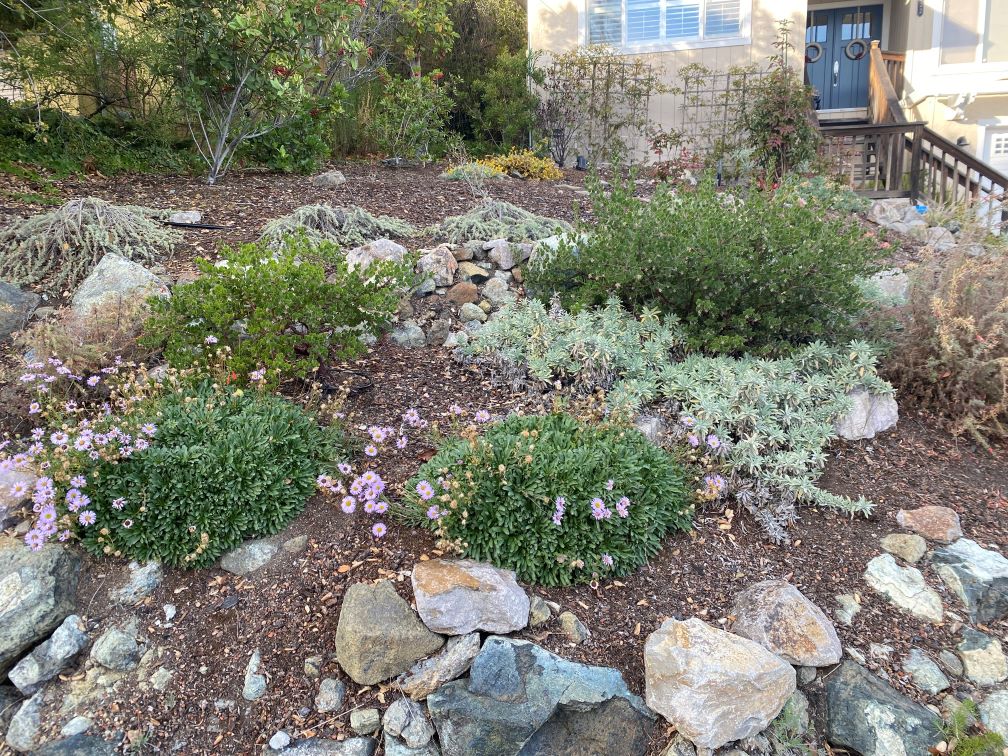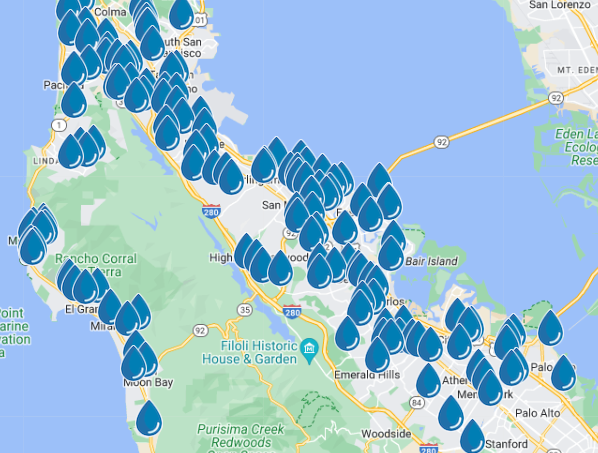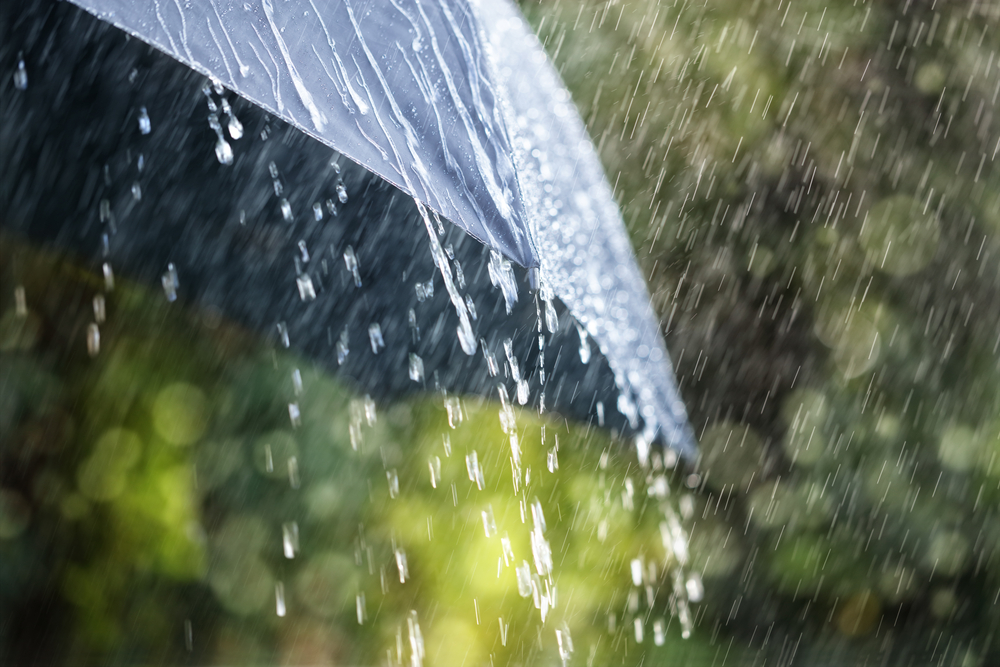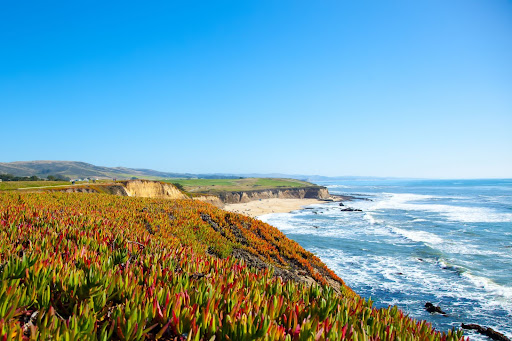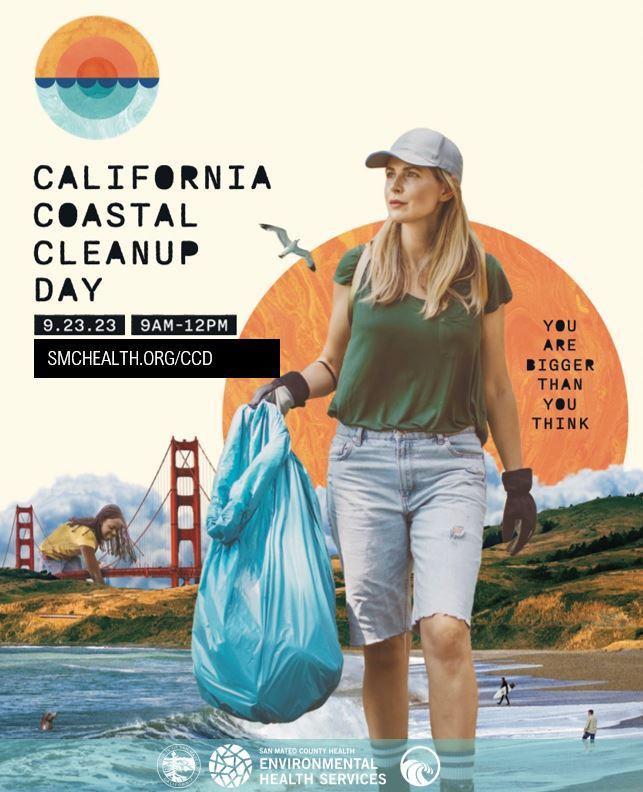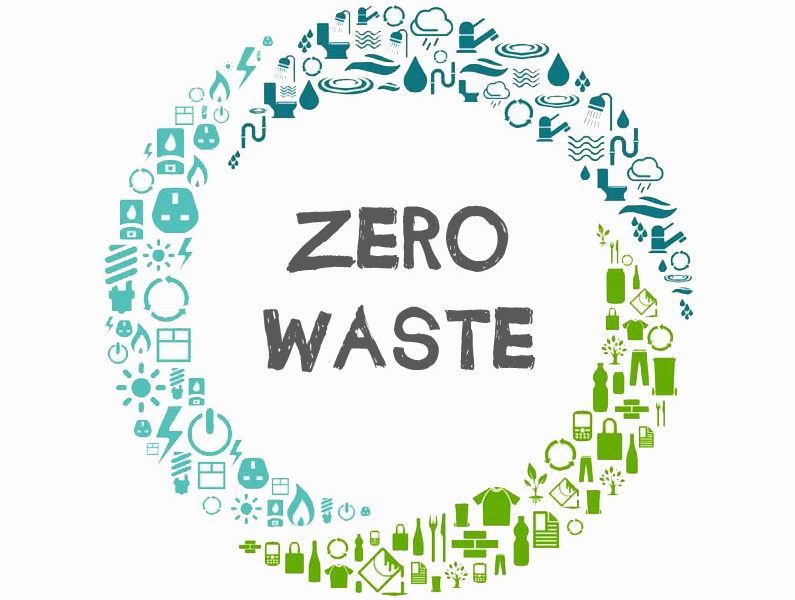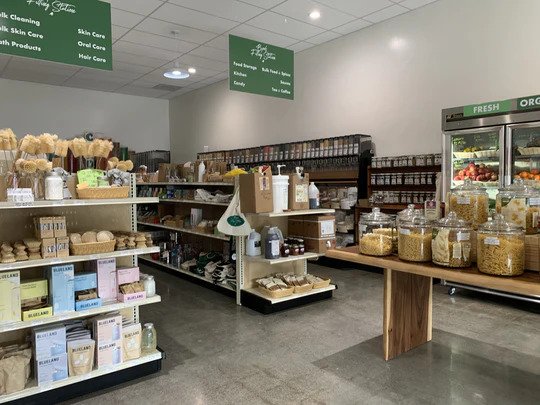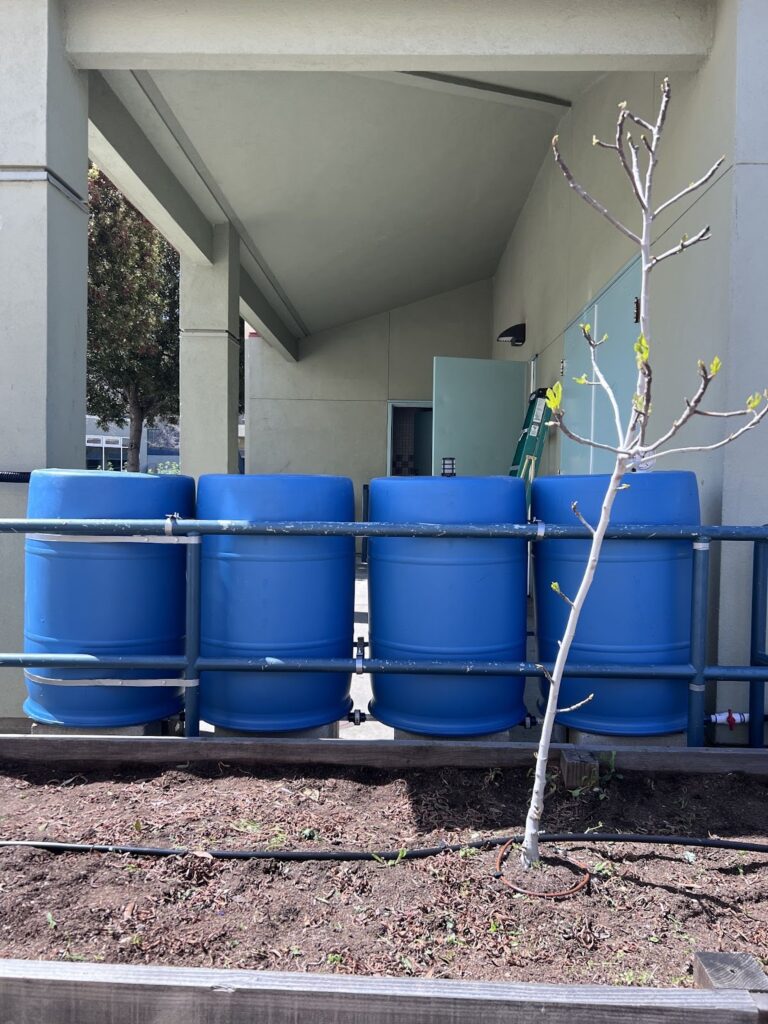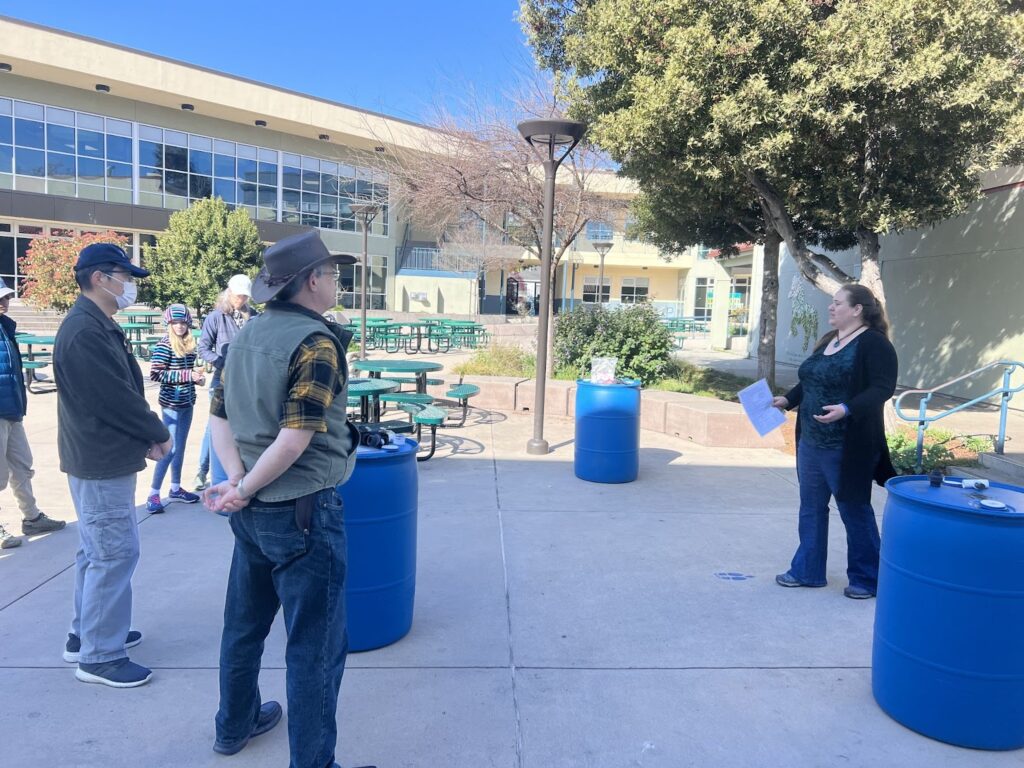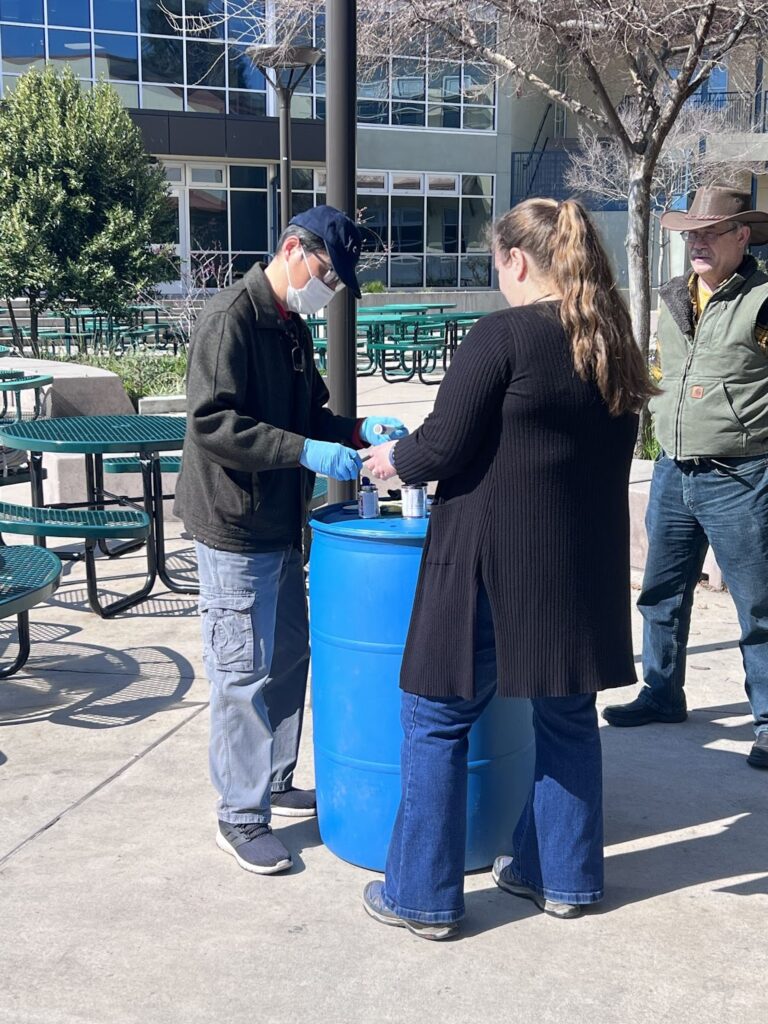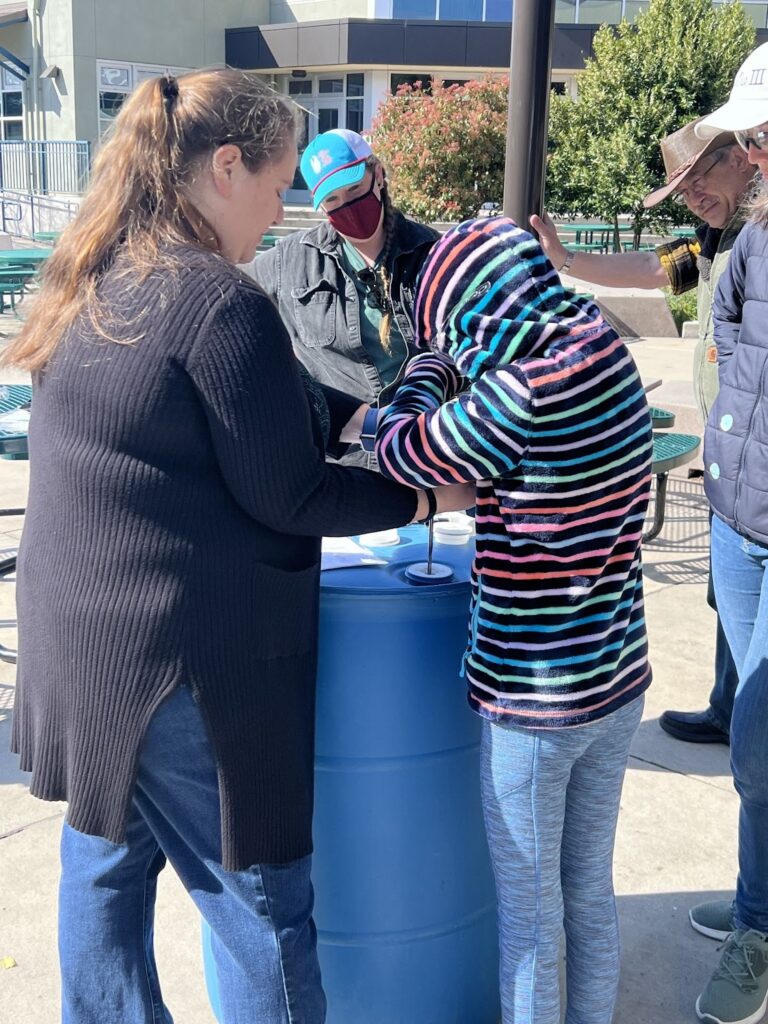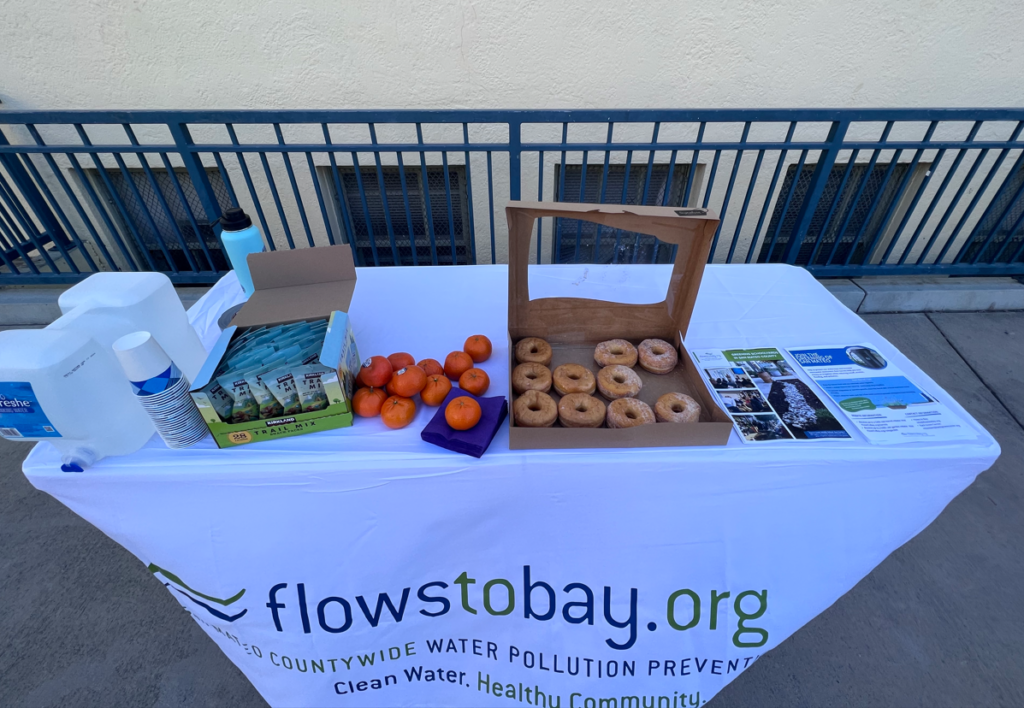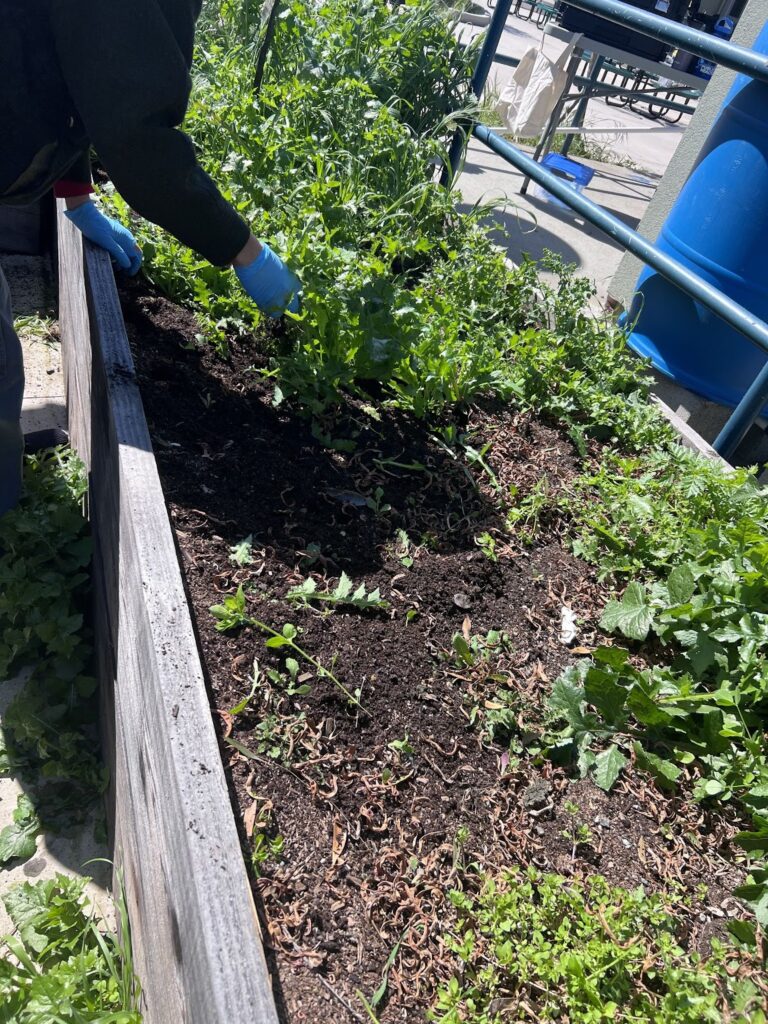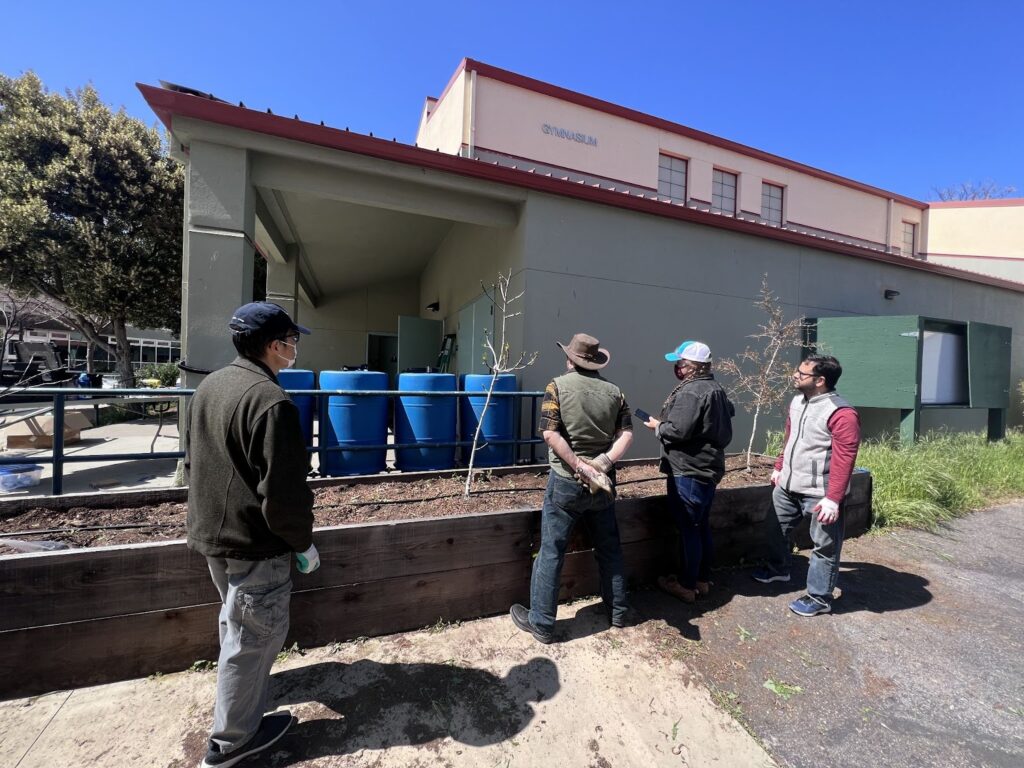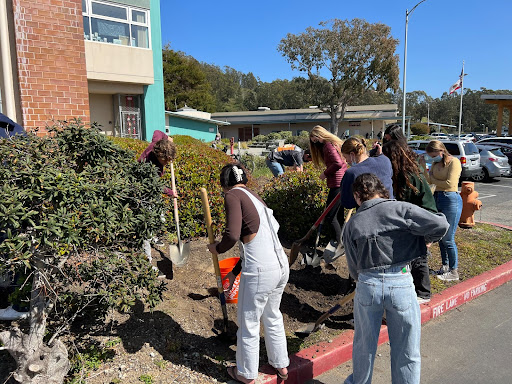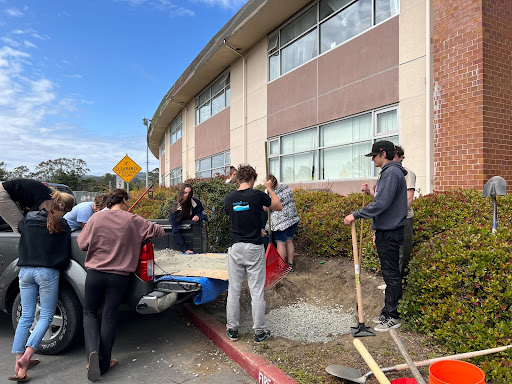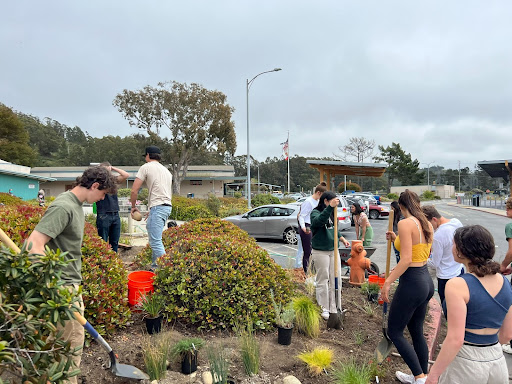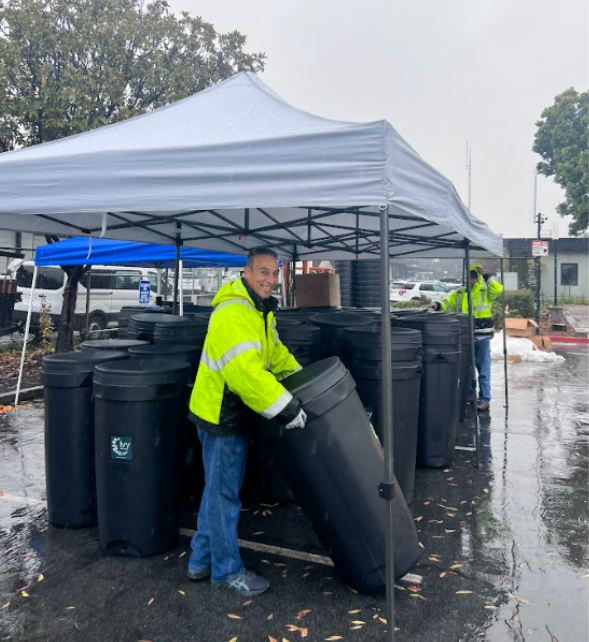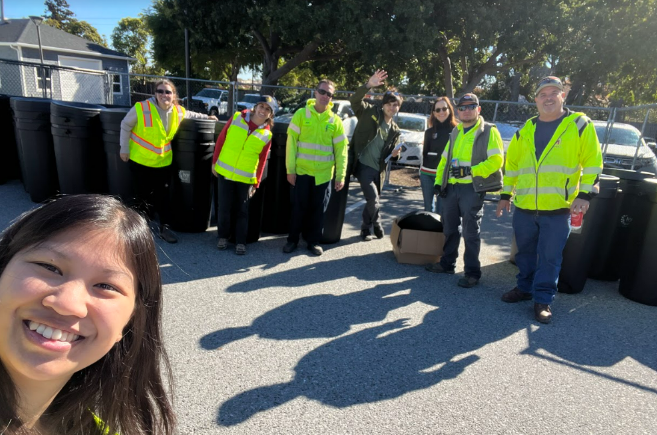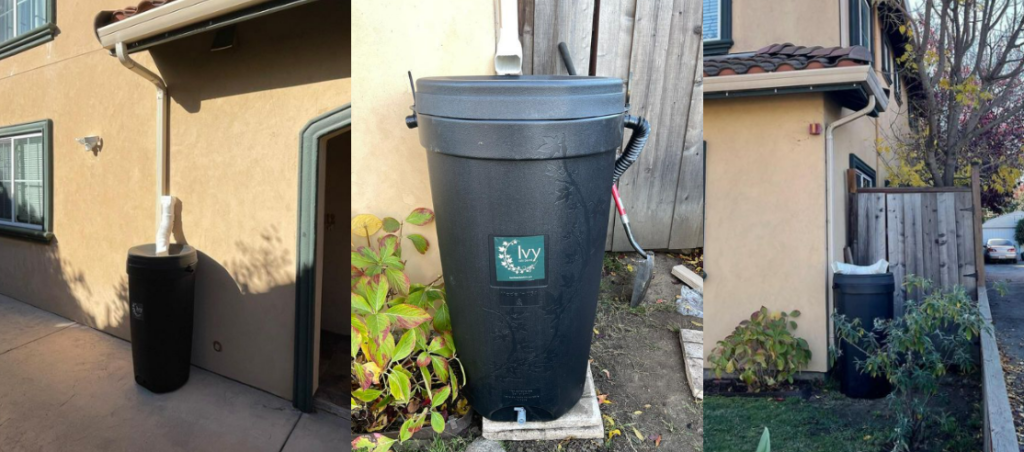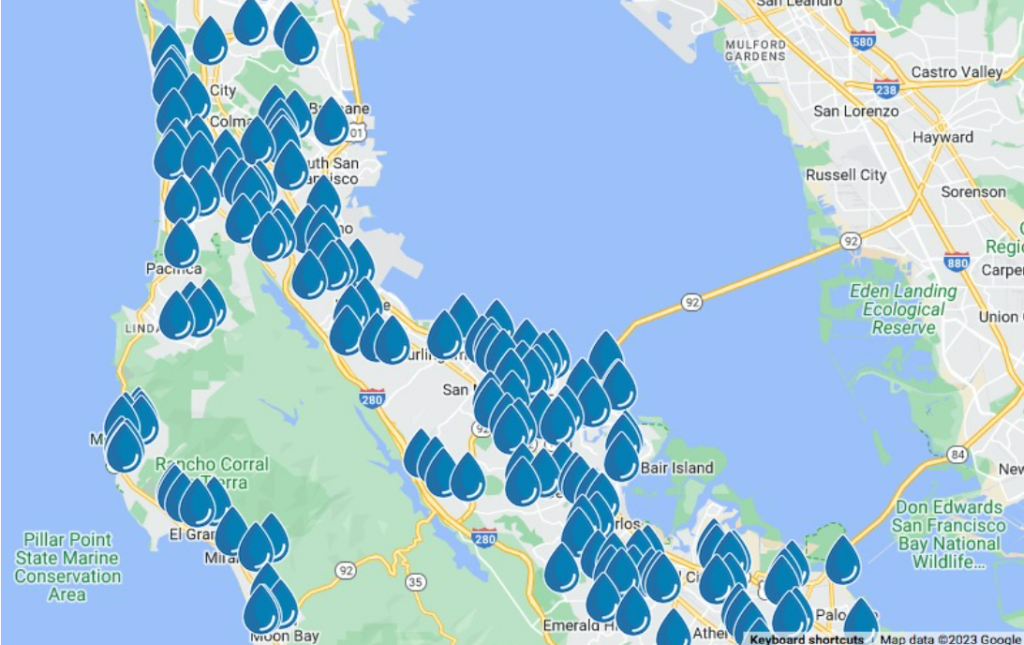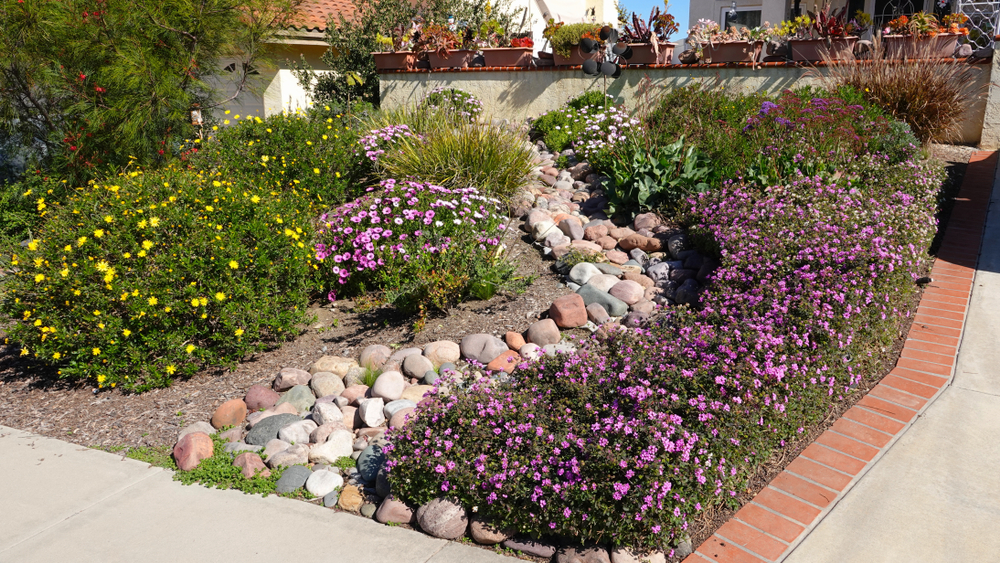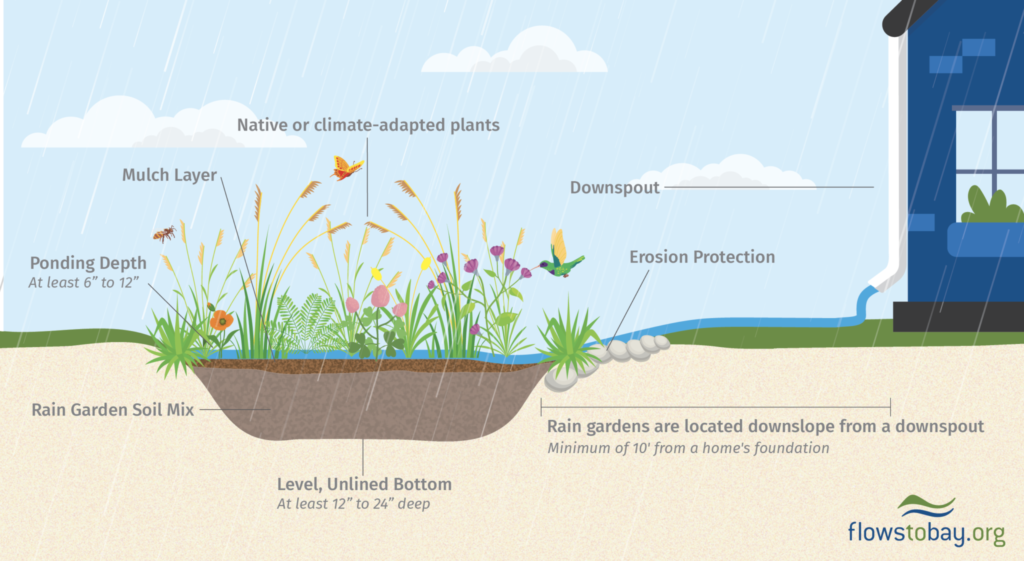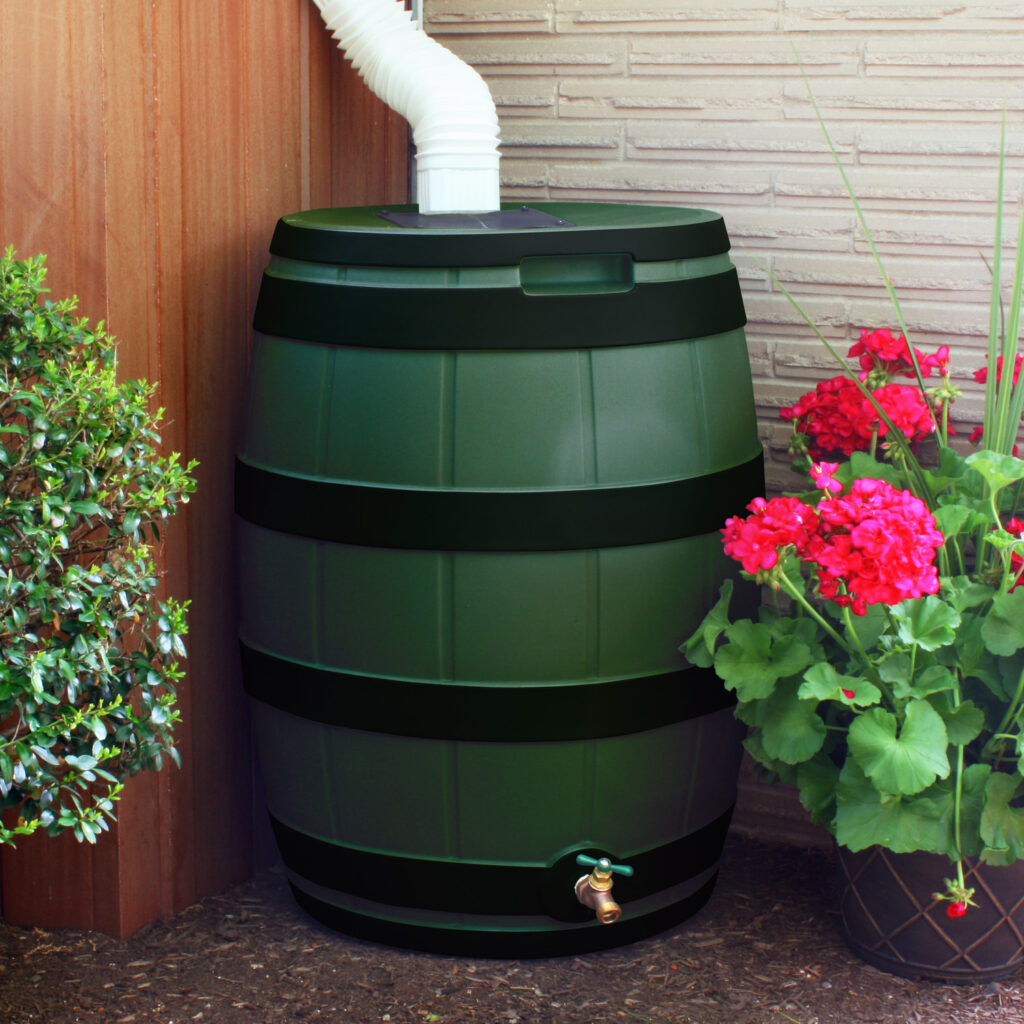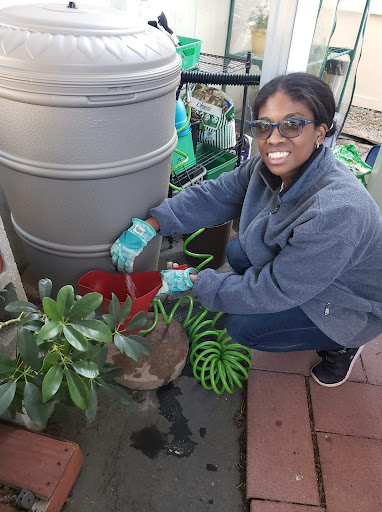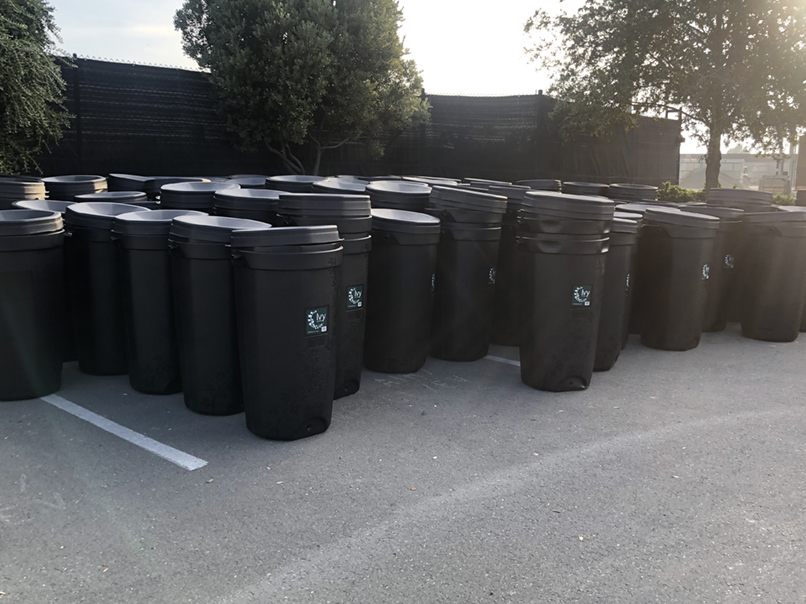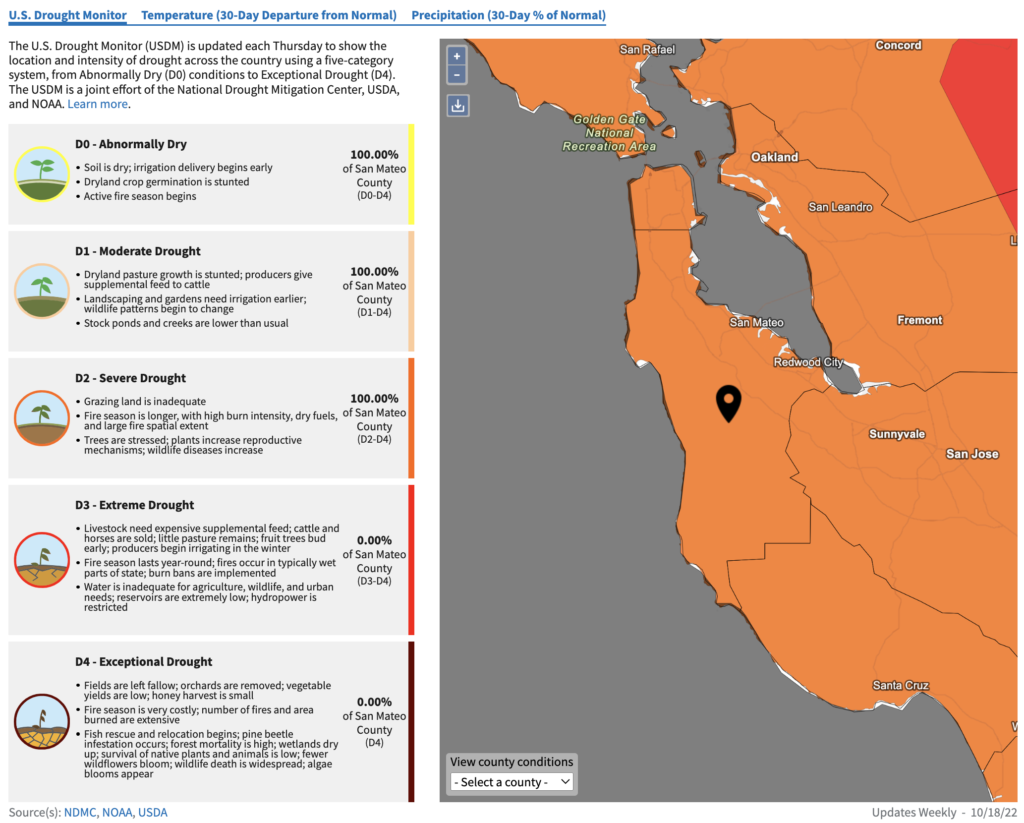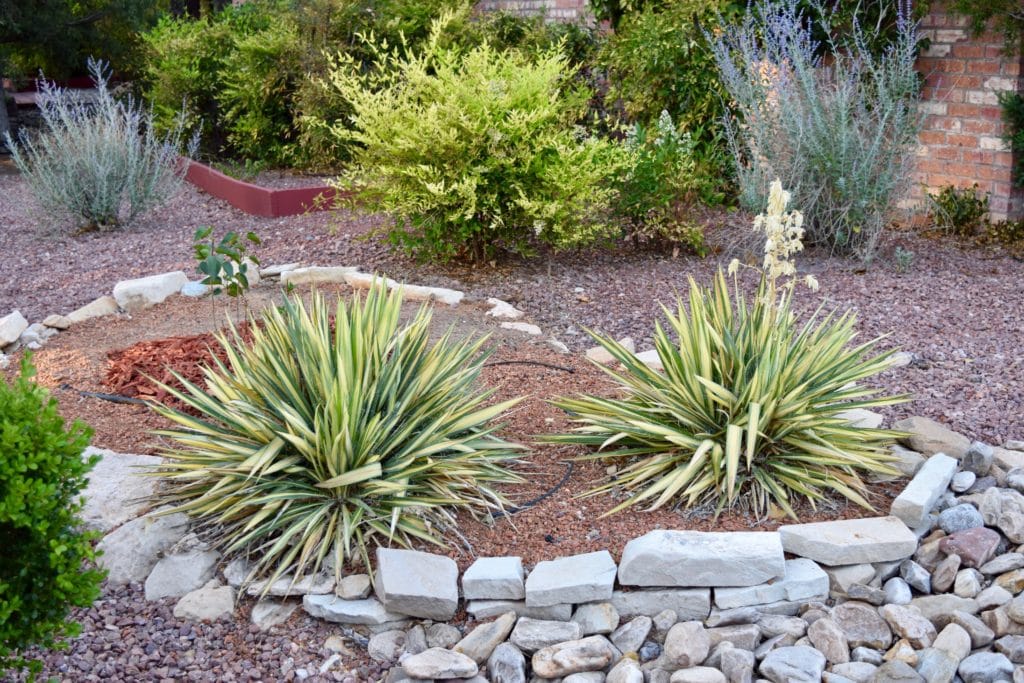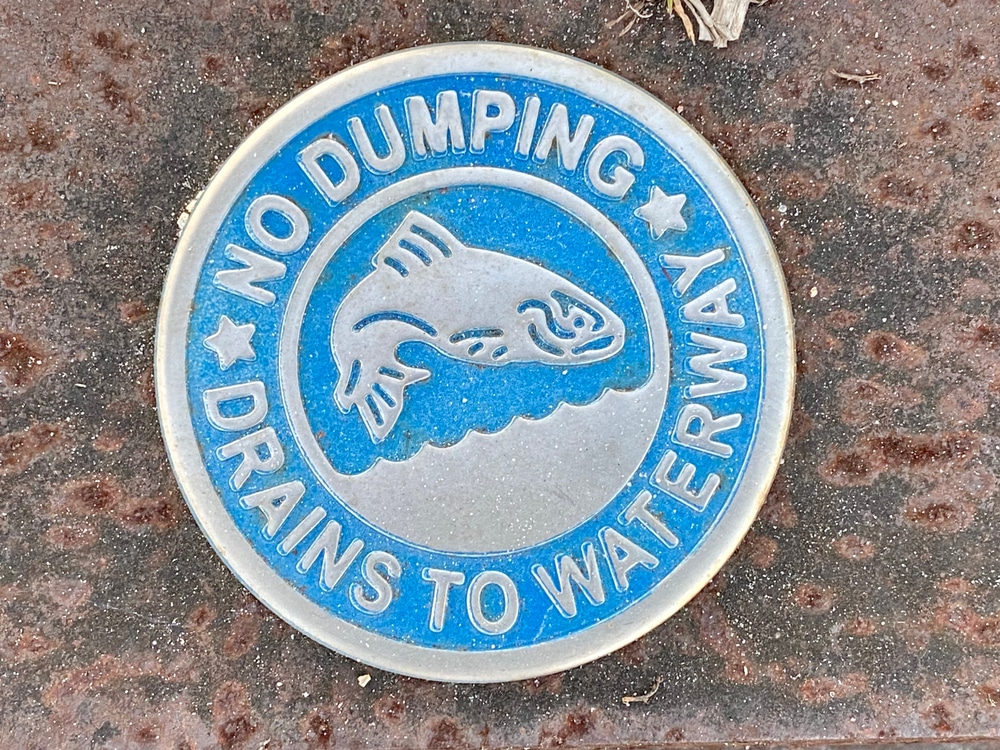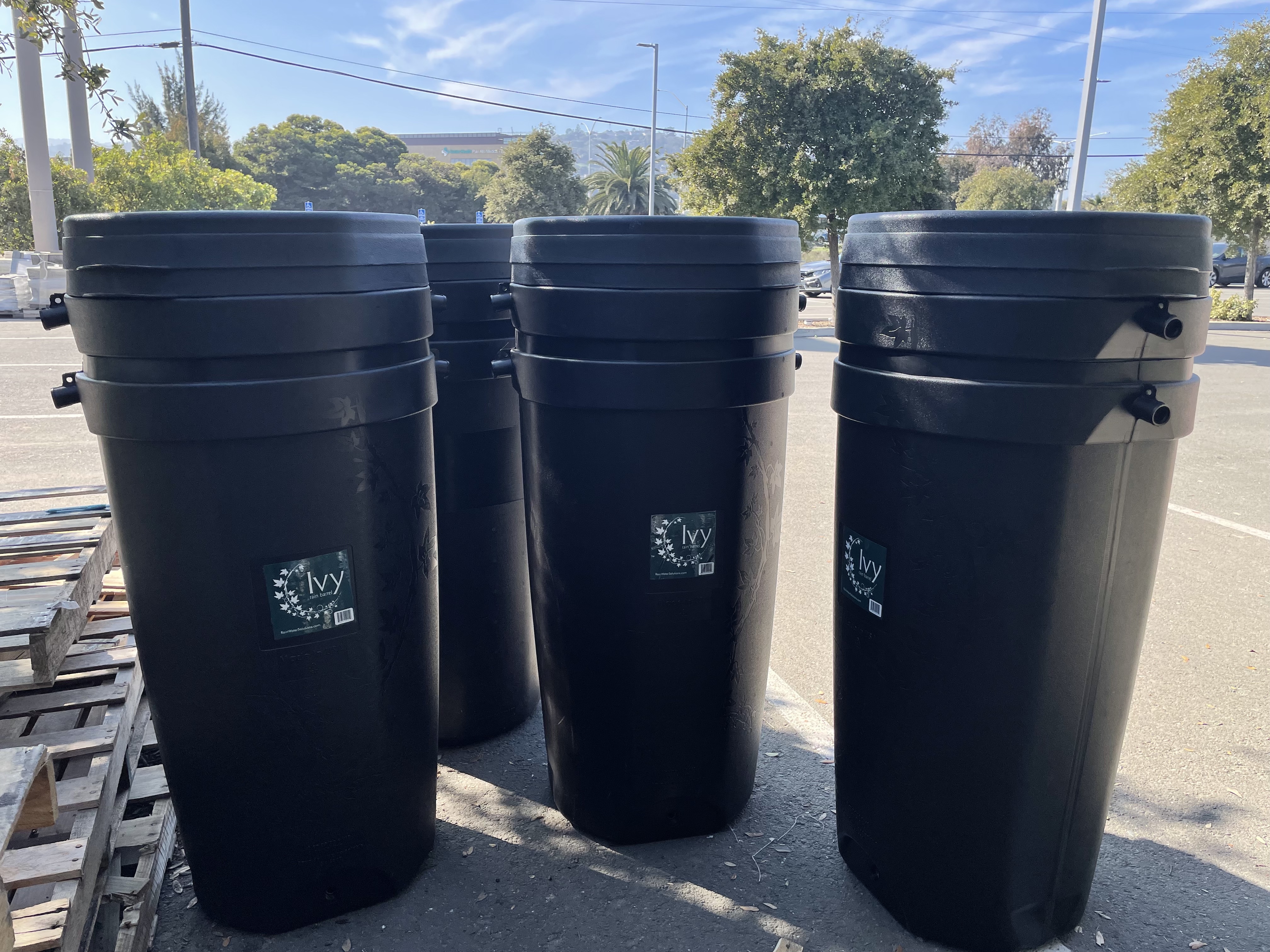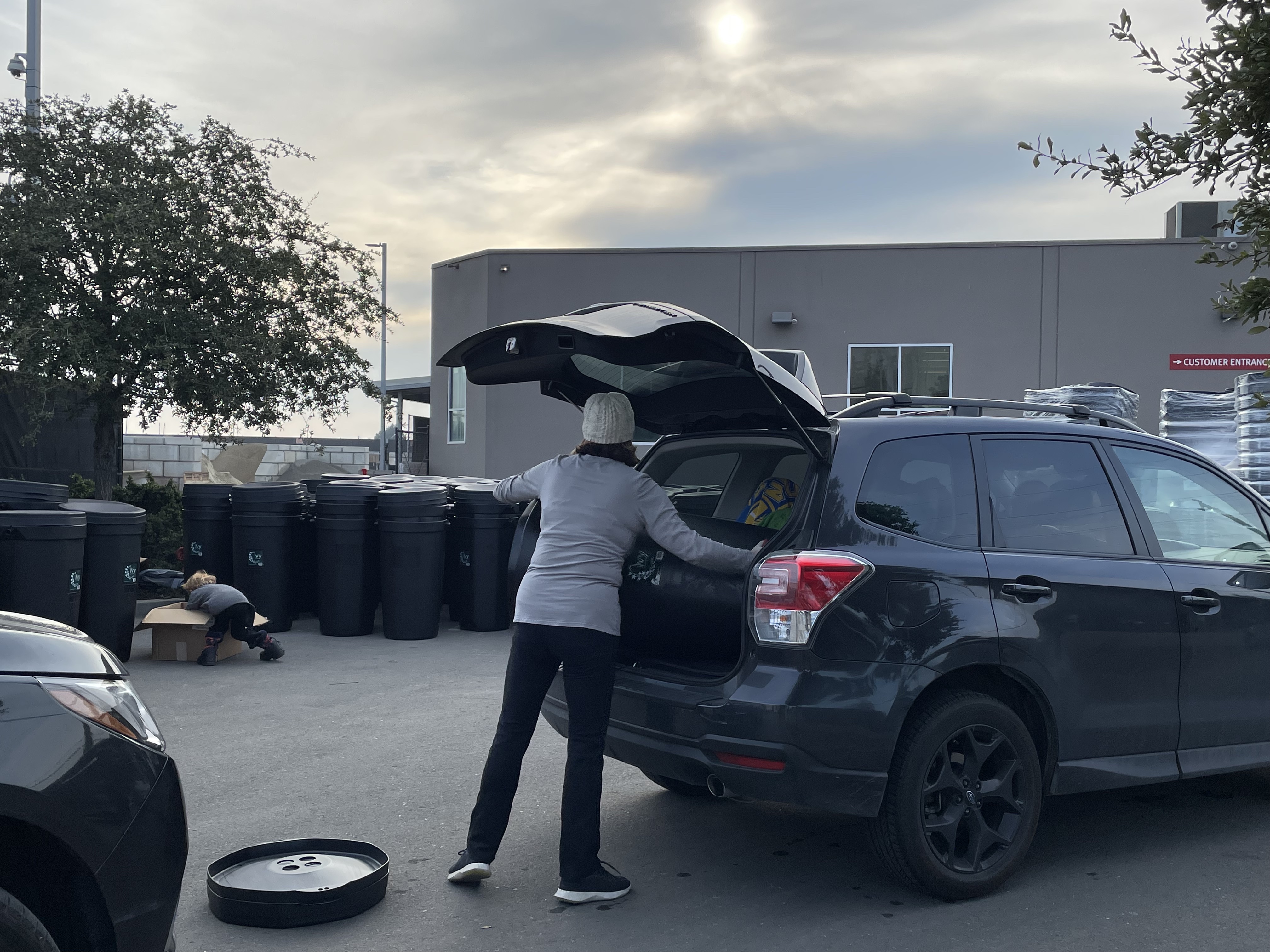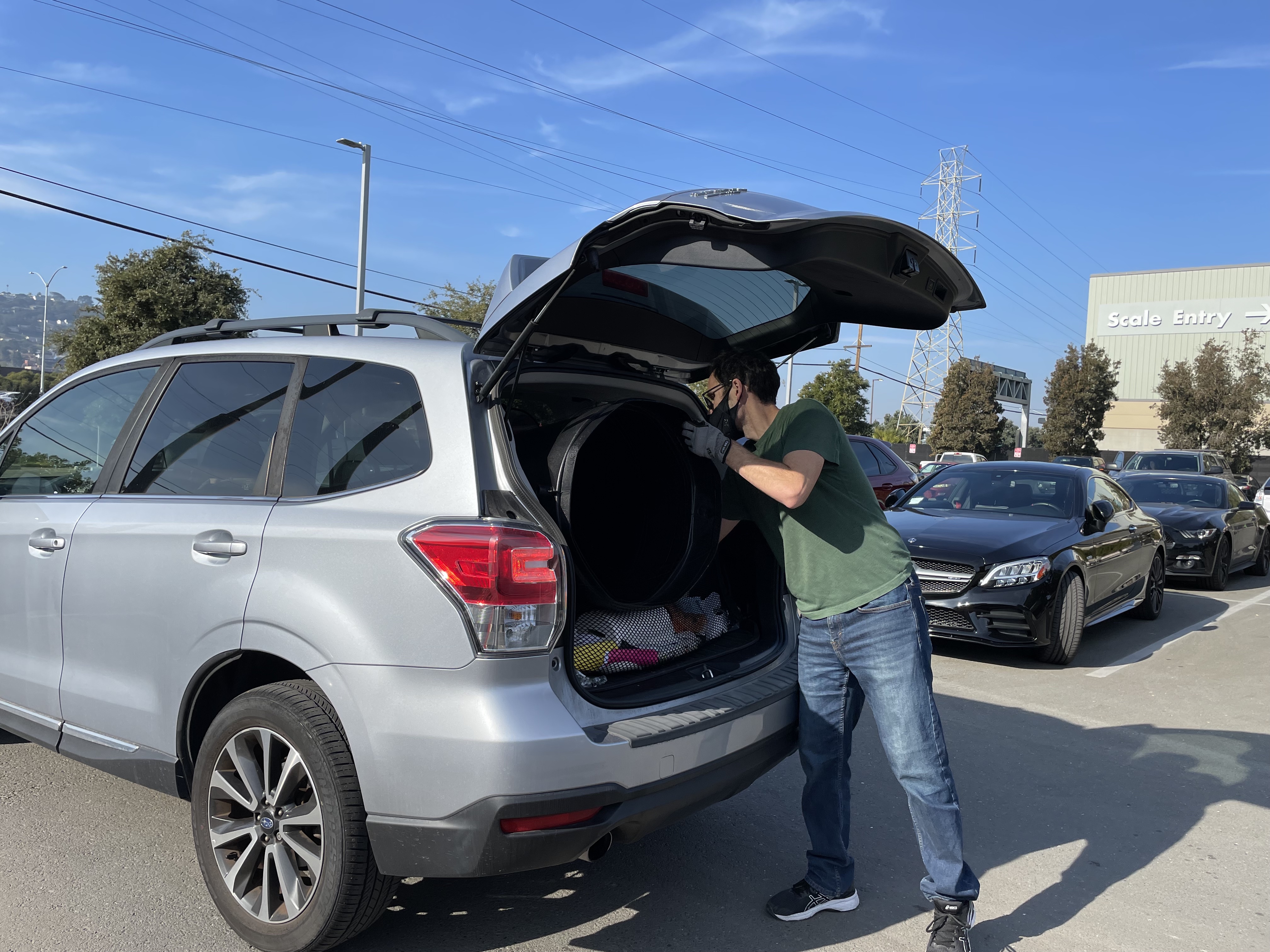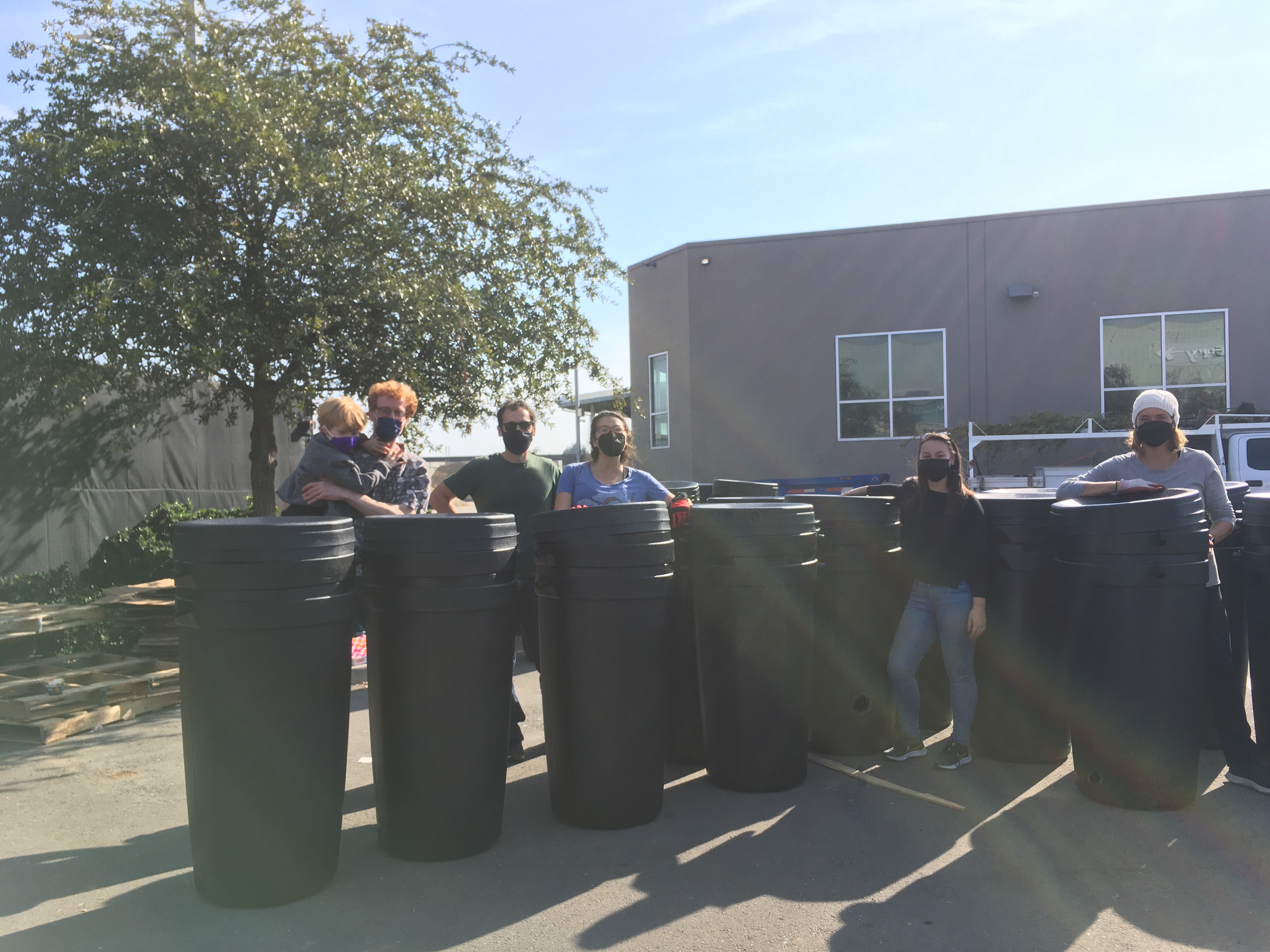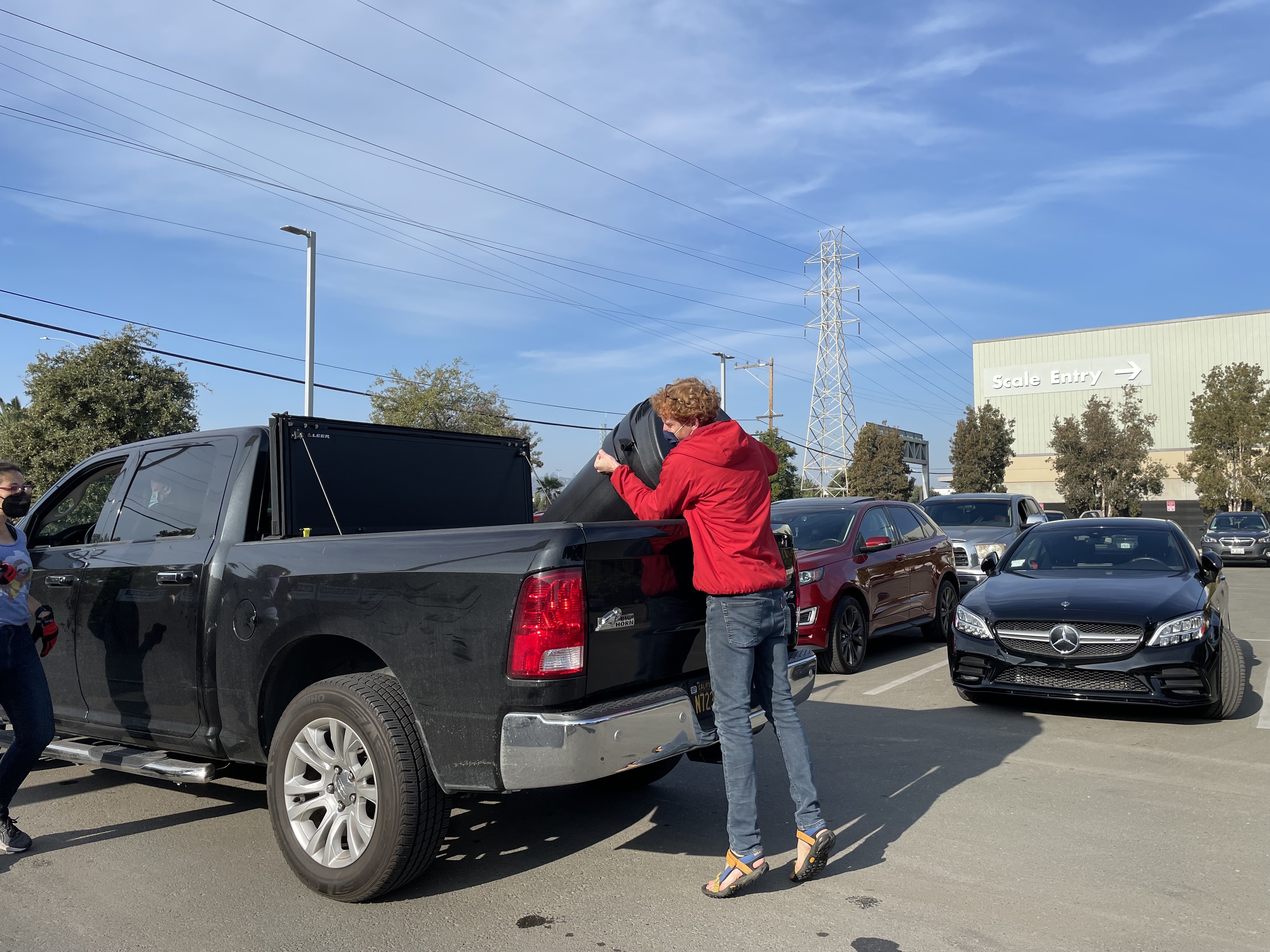It might be hard to believe, but at one point in time, San Mateo County was a completely undeveloped landscape.
Although our forests, creeks, and shorelines are still immensely beautiful, over time, we have turned much of our natural landscape into a built environment through urban development. In doing so, our ability to capture and utilize rainfall has been diminished. This is a serious challenge for our community because periods of intense storming on developed land often lead to increased stormwater runoff and pollution that can threaten environmental and public health.
But, what if we could create a balance between nature and urban development? This is the beauty of green infrastructure. It offers a new sustainable approach to how we manage stormwater in our built environment. Keep reading to learn about the many uses of green infrastructure!

Getting Creative with Green Infrastructure
There are many types of green infrastructure and it can be used at different scales, from backyards to sidewalks to entire ecosystems, like wetlands that buffer against tides and erosion. When we refer to green infrastructure as it relates to stormwater management, the focus is on engineered facilities designed to help us capture, store, and treat rain that falls on our buildings, streets, and other areas in our urban environment, using special soils and plants that filter, absorb, and evapotranspire water, mimicking a more natural water cycle.
City, County, and State-Level Green Infrastructure
At the city or county scale, green infrastructure is a collection of natural areas that provide benefits such as habitat, shade, flood protection, and cleaner air and water (see the Green Infrastructure Factsheet, for a quick overview of the benefits). Examples may include the preservation and restoration of natural landscapes such as wetlands and creeks.
Neighborhood-Level Green Infrastructure
At the neighborhood or property scale, green infrastructure can look like rain gardens, permeable pavements, green roofs, bioswales, trees, and rainwater harvesting systems such as rain barrels and cisterns. These green infrastructure features can be incorporated into schools, yards, new housing developments, parks, streets, sidewalks, parking lots, and nearly anywhere else you can imagine in our urban environment.
Where have you seen green infrastructure in your community?
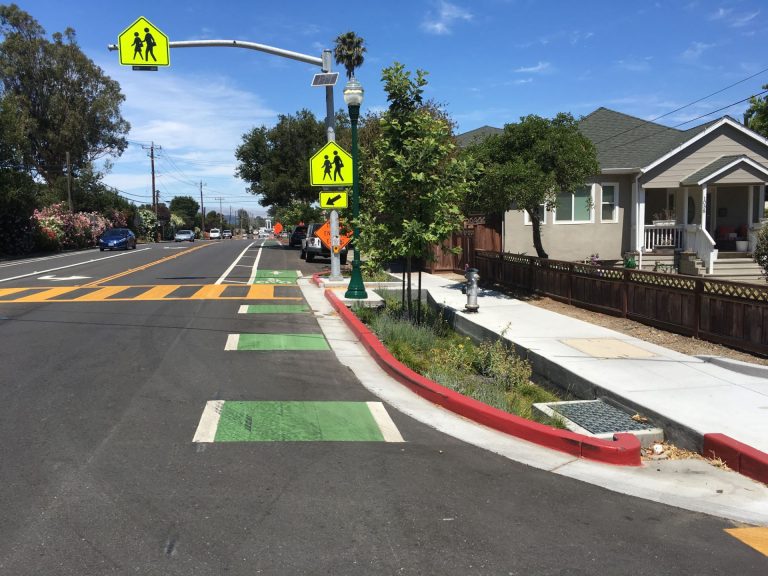
Green Infrastructure Projects in San Mateo County
Flows to Bay’s Green Infrastructure Story Map features green infrastructure projects in the public realm within a variety of settings, including streets, building sites, and lots, which municipalities have built over the past several years showing progress toward integrating infrastructure enhancements and shifting stormwater infrastructure from “gray” to “green.” In San Mateo County, “sustainable streets” are multi-benefit projects designed to improve street conditions for walkability, cycling, urban greening, climate resiliency, and water quality.
C/CAG recently funded ten Safe Routes to School (SRTS) and Green Streets Infrastructure Pilot Projects, which were intended to show the cost efficiencies and multiple community benefits of integrating bike and pedestrian improvements with green stormwater infrastructure. This map will continue to be updated as more green infrastructure projects are built throughout the County, as the municipalities work towards building a more resilient and sustainable stormwater system.
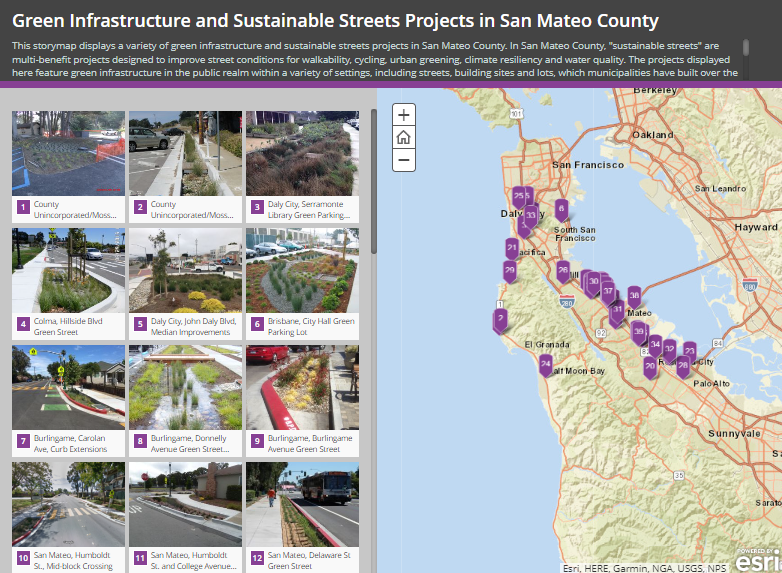
If you are interested in using green infrastructure to reduce stormwater pollution on your property and in your community, we’re happy to share that there is at least $300 available to you in a rebate to help you transform your yard into a sustainable rain garden with gorgeous native plants that attract local pollinators. If you have not yet accessed Bay Area Water Supply and Conservation Agency’s (BAWSCA) Lawn Be Gone! rebate with rain garden addition, get started today! You can learn more about next steps on our Rain Gardens & Rebates page.
If you are looking for additional tips, make sure to check out these resource links, sample design plans, webinar recording, and informational videos for everything you need to know about rain garden design, construction, and maintenance!
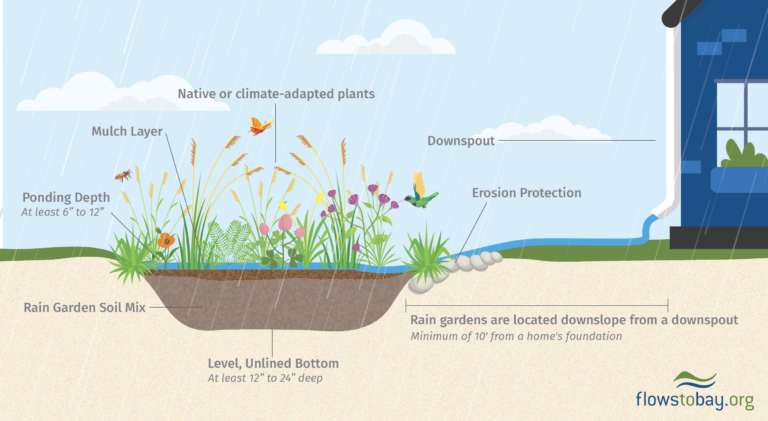
Remember, stormwater pollution prevention starts with you! We encourage you to explore the numerous pages and resources (including this 5-part video series) about green infrastructure that are available on the Flows To Bay website at no cost. No matter how big or small your actions are, we are so thankful that you are a part of this community and this movement to prevent stormwater pollution in our lovely county.
Have questions or ideas you’d like to share about how to reduce stormwater pollution in your community? Flows To Bay is here to help! Please reach out and we’ll gladly do what we can to support you.
